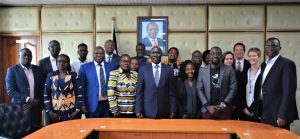
The State Department for Wildlife Principal Secretary, Prof. Fred Segor has outlined the important role played by stakeholders in the sector and said his department is ready to dialogue to find lasting solutions to Human-Wildlife Conflict in the country.
Professor Segor while chairing a Stakeholders’ Engagement on the FY 2020/21/23 Medium Term Expenditure Framework at the Ministry of Tourism and Wildlife boardroom today noted that the Government recognizes wildlife as an important driver of socio-economic development and provides irreplaceable cultural and social values to the people of Kenya, hence the establishment of the State Department of Wildlife for effective coordination and sector development.
According to the department’s Programme Performance Review report, the department achieved ninety eight (98) percent response rate to Human-Wildlife Conflicts of all reported cases against a target of 100 percent in the last Financial Year.
It shows that out of the 4,249 Human-Wildlife Conflicts cases reported, 4,143 were attended to across the country. However the department would have promptly attended to all reported cases if it had adequate resources.
The report indicates that though the department paid 176 death claims, and currently, pending bill for other approved human-wildlife conflict claims stands at Ksh1.553 billion.
The department also constructed 149.5km of fences and maintained 5,160 km against a target of 240 Km and 10,700km respectively.
The Programme Performance Review for the department also shows that through Conservation of Biodiversity of Northern Kenya project, 49 staff houses were constructed, 28.7 Km of fences constructed, 31 Km of roads as well as 3 check-dams.
However the department is faced with myriads of challenges and threats which include destruction of wildlife habitat, climate change, and inadequate scientific data, illegal bush meat trade and bio-piracy among others.
The Wildlife subsector is part of the Environmental Protection, Water and Natural Resources Sector that consists of three other sub-sectors namely Environment, Water, and Mining. The sub-sector has two semi-autonomous government agencies, which include the Kenya Wildlife Service (KWS), Wildlife Research and Training Institute, but also collaborates with Wildlife clubs of Kenya (WCK).


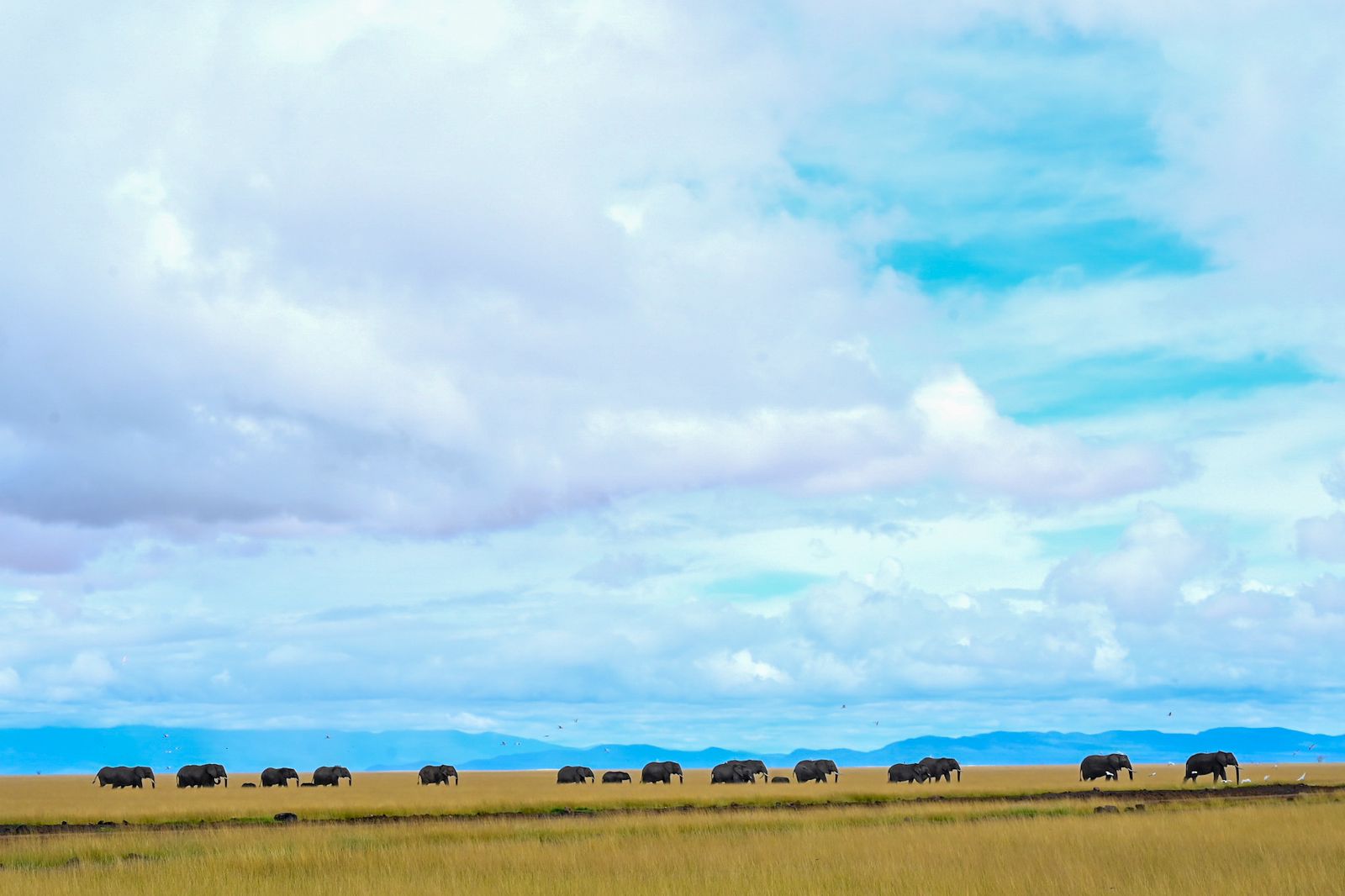
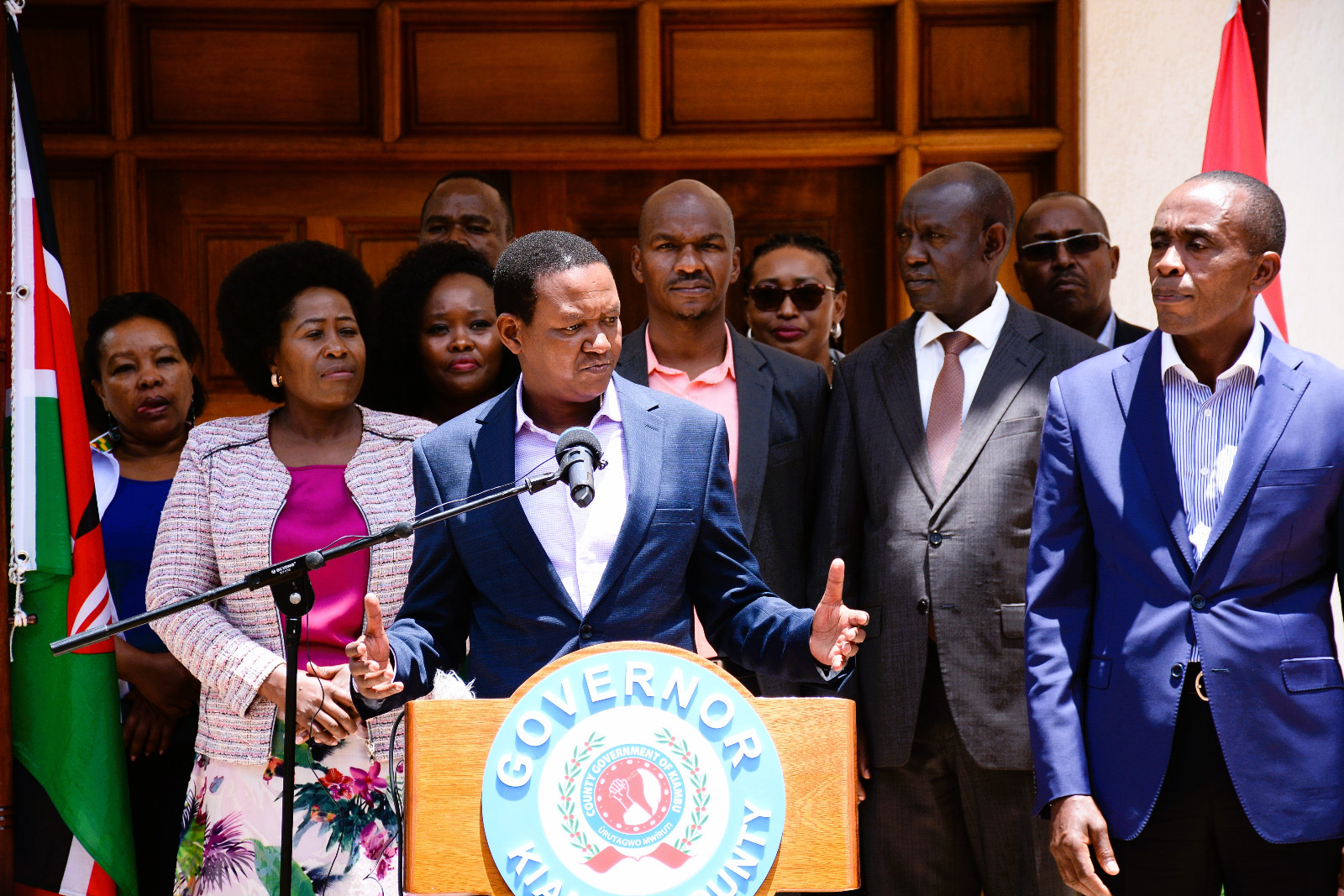
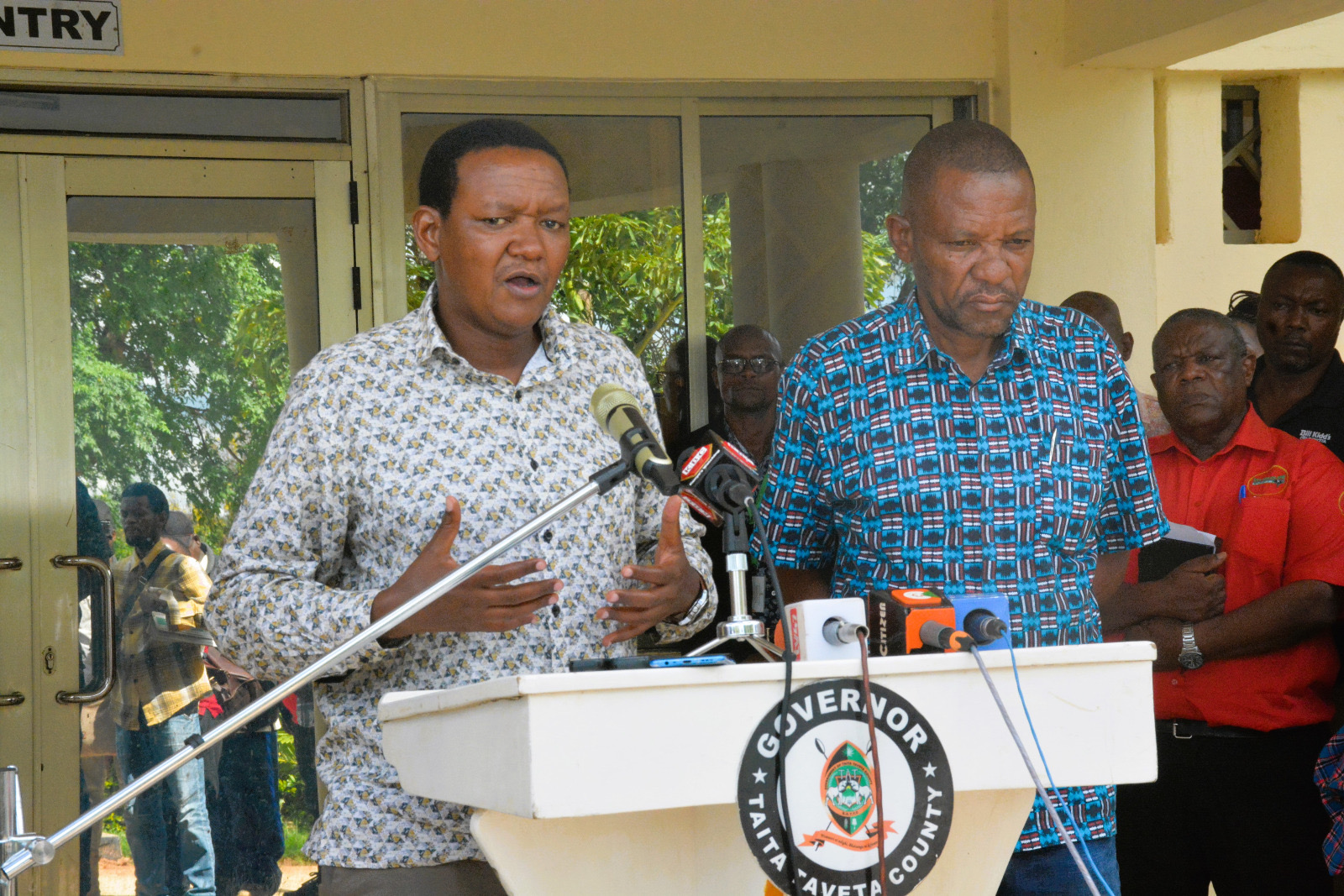
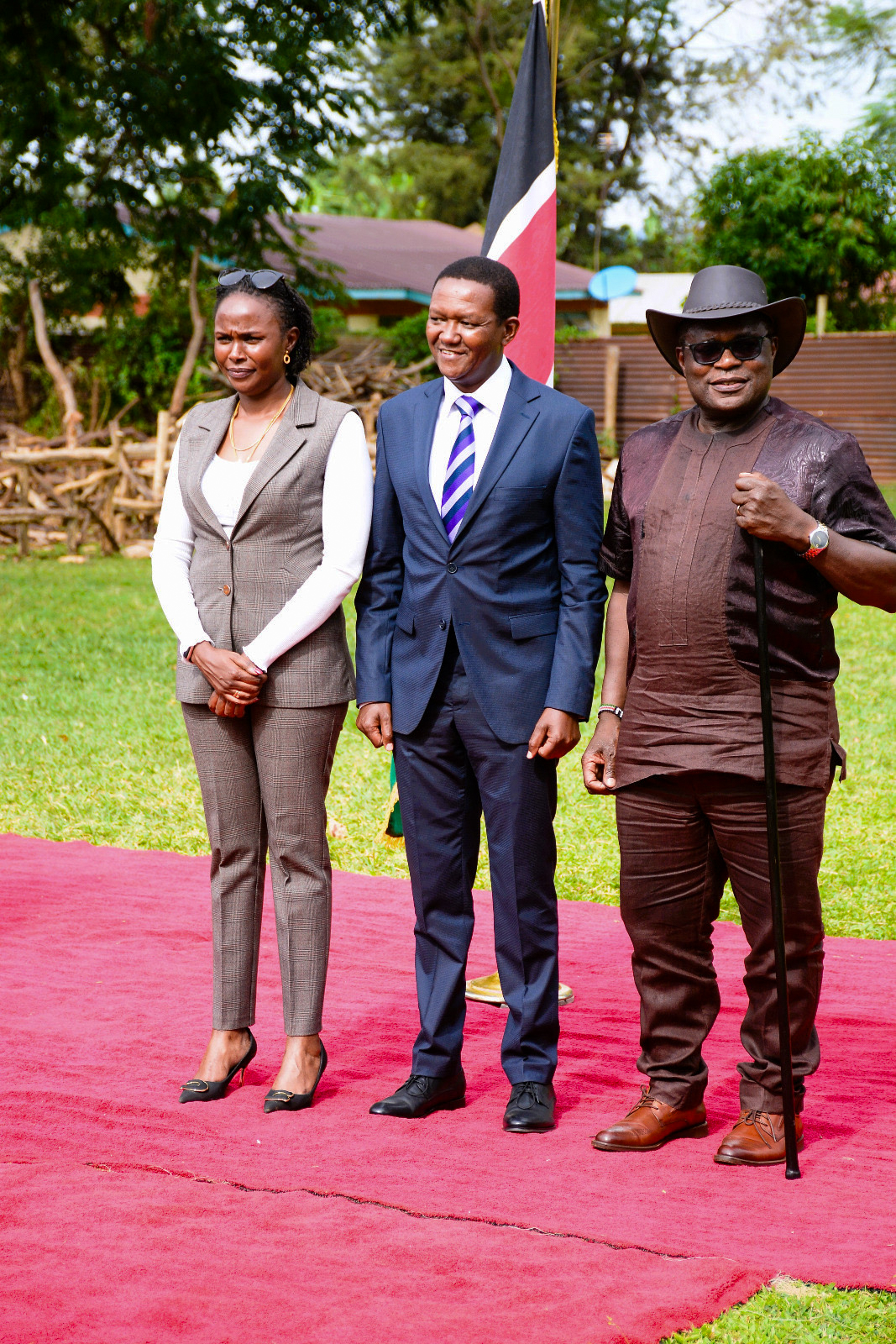
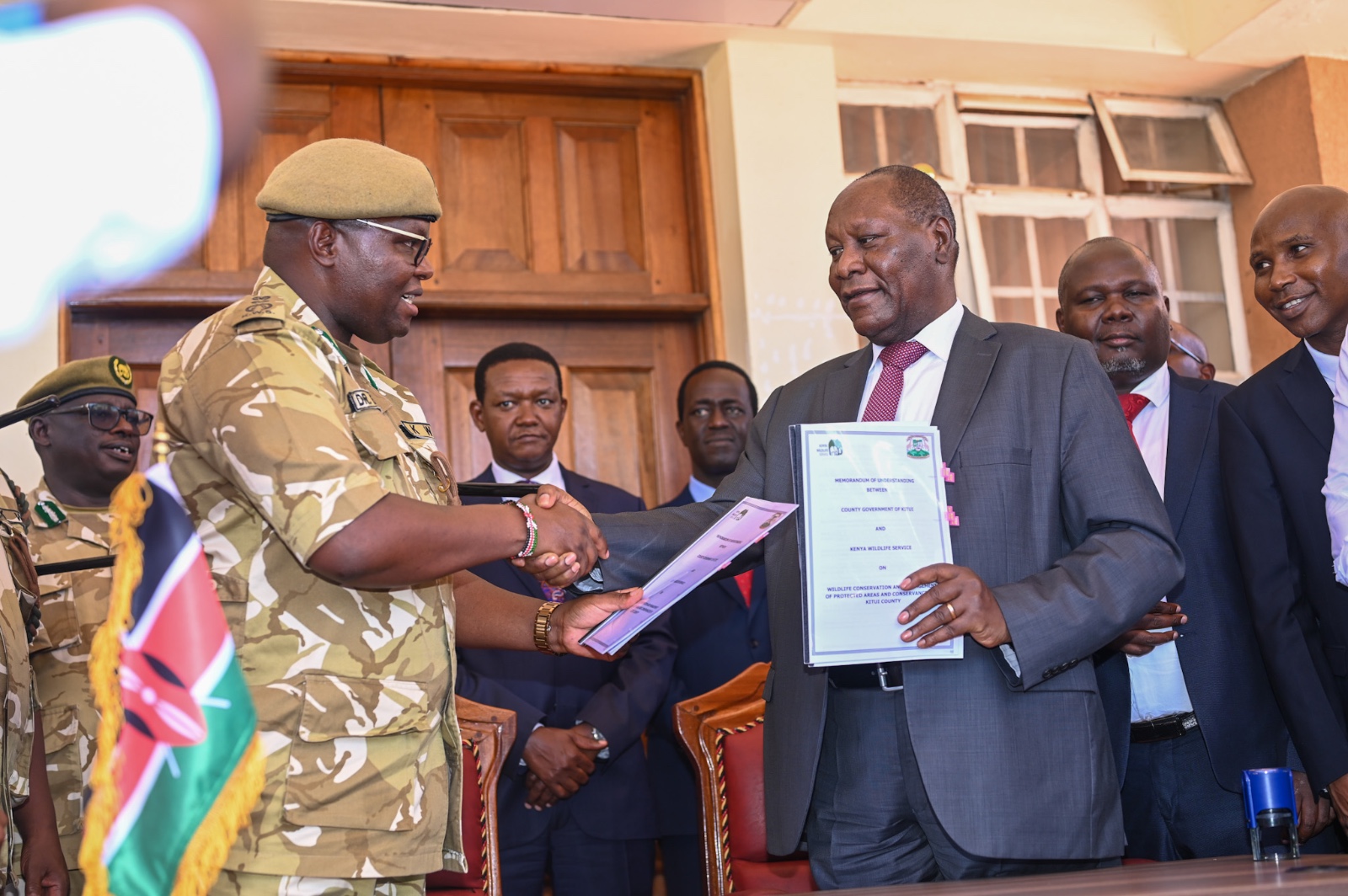
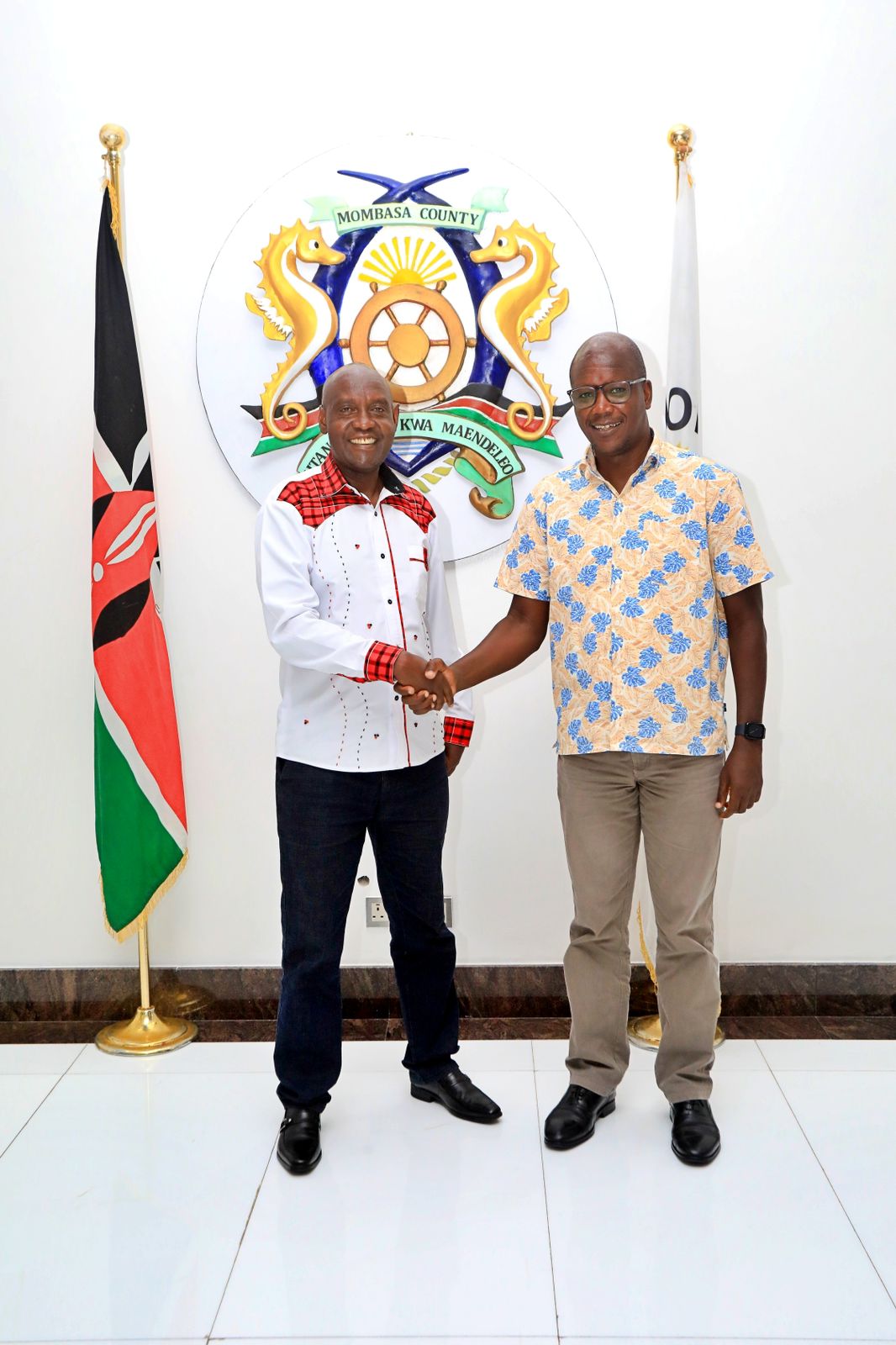
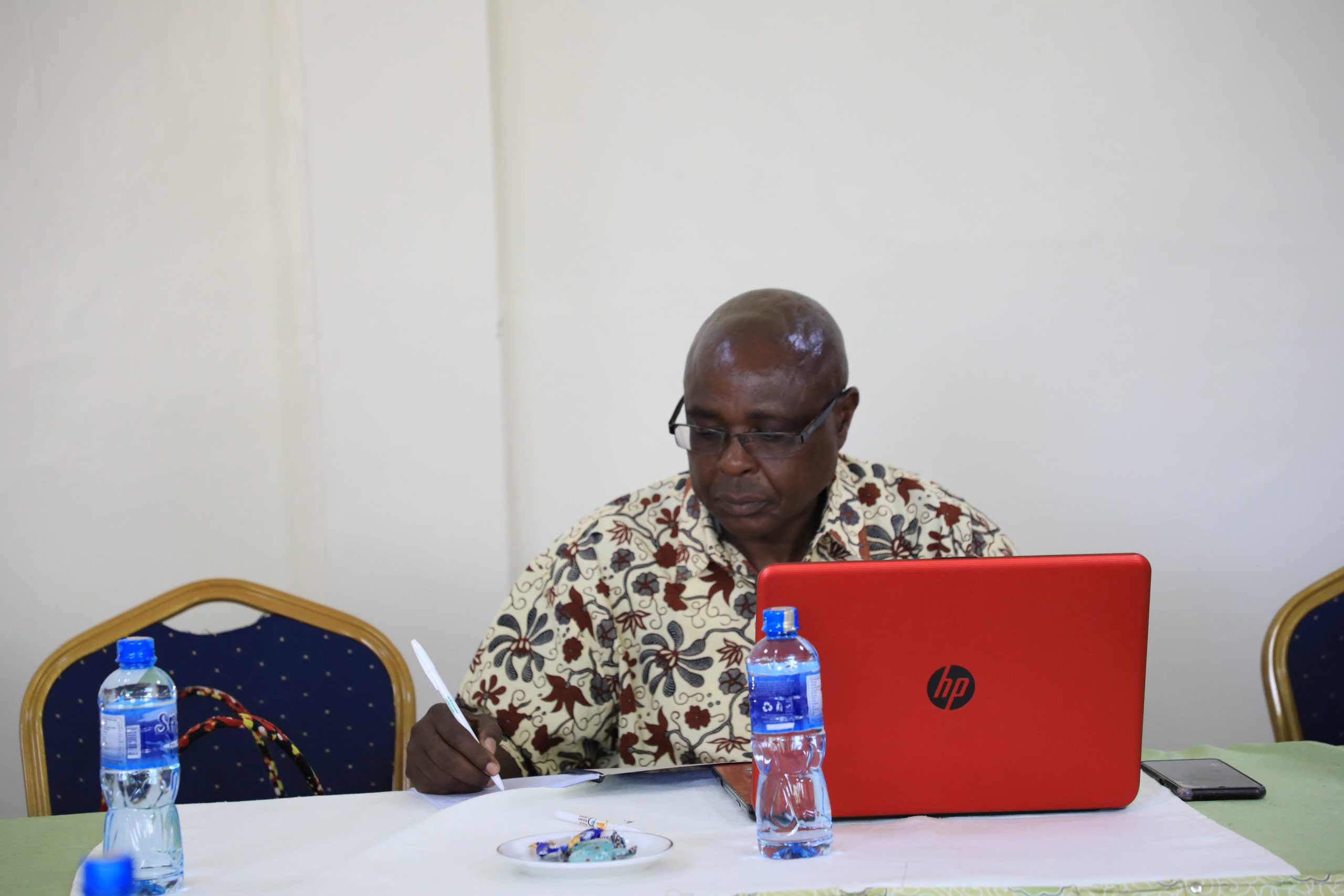
Leave A Comment